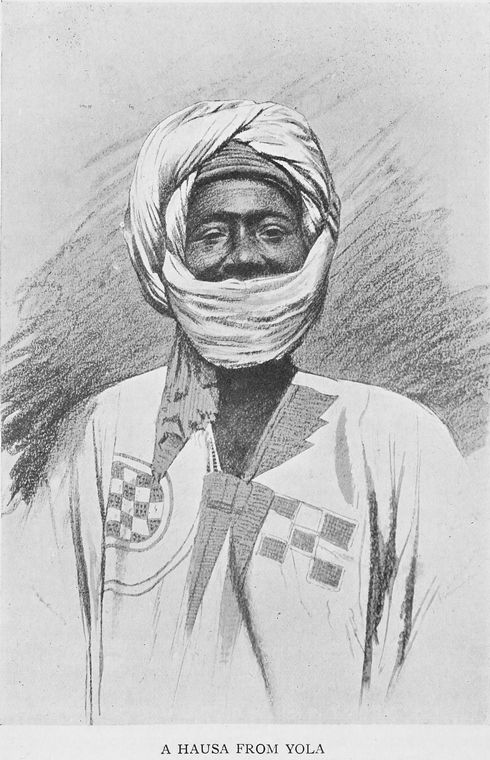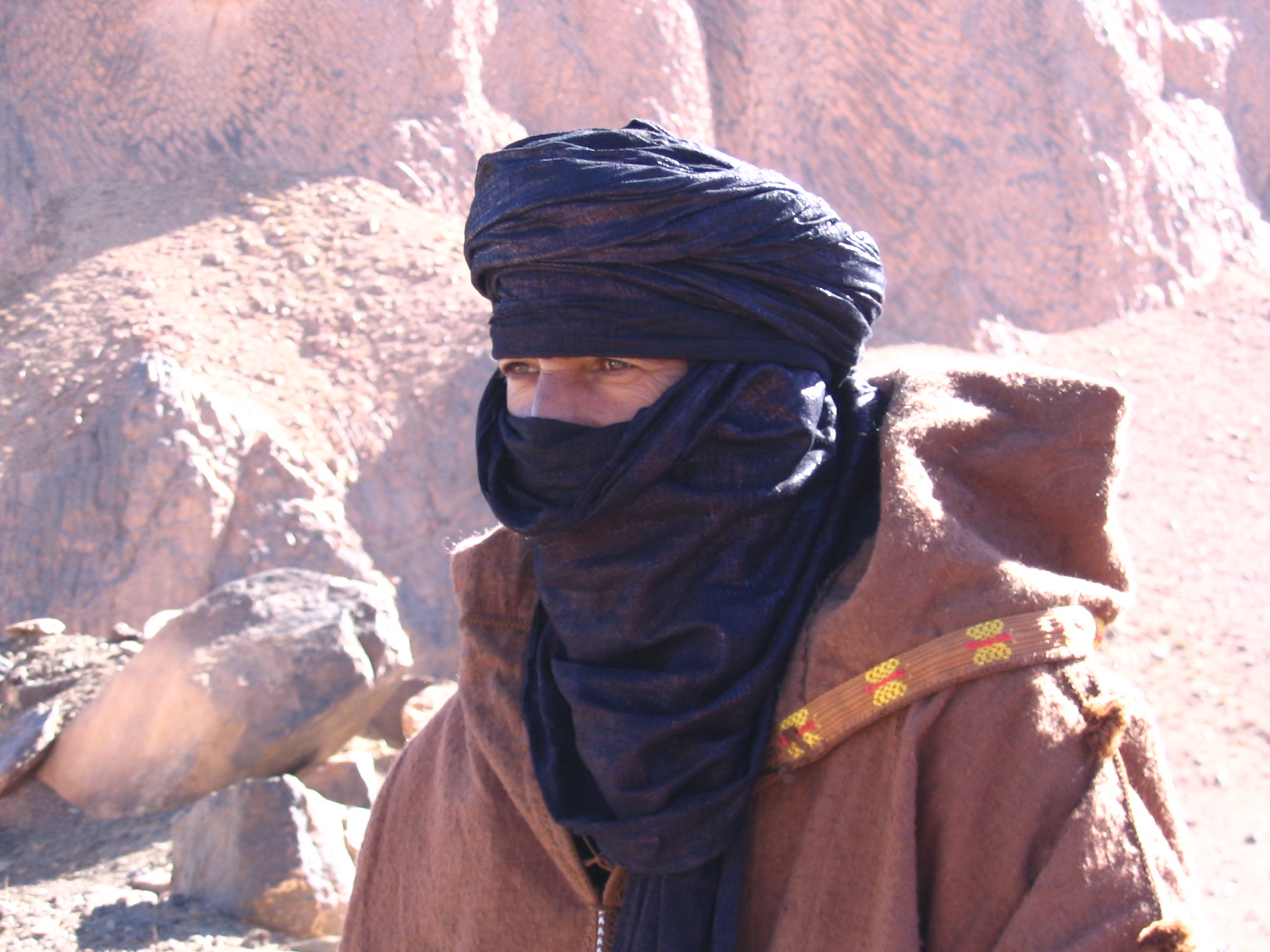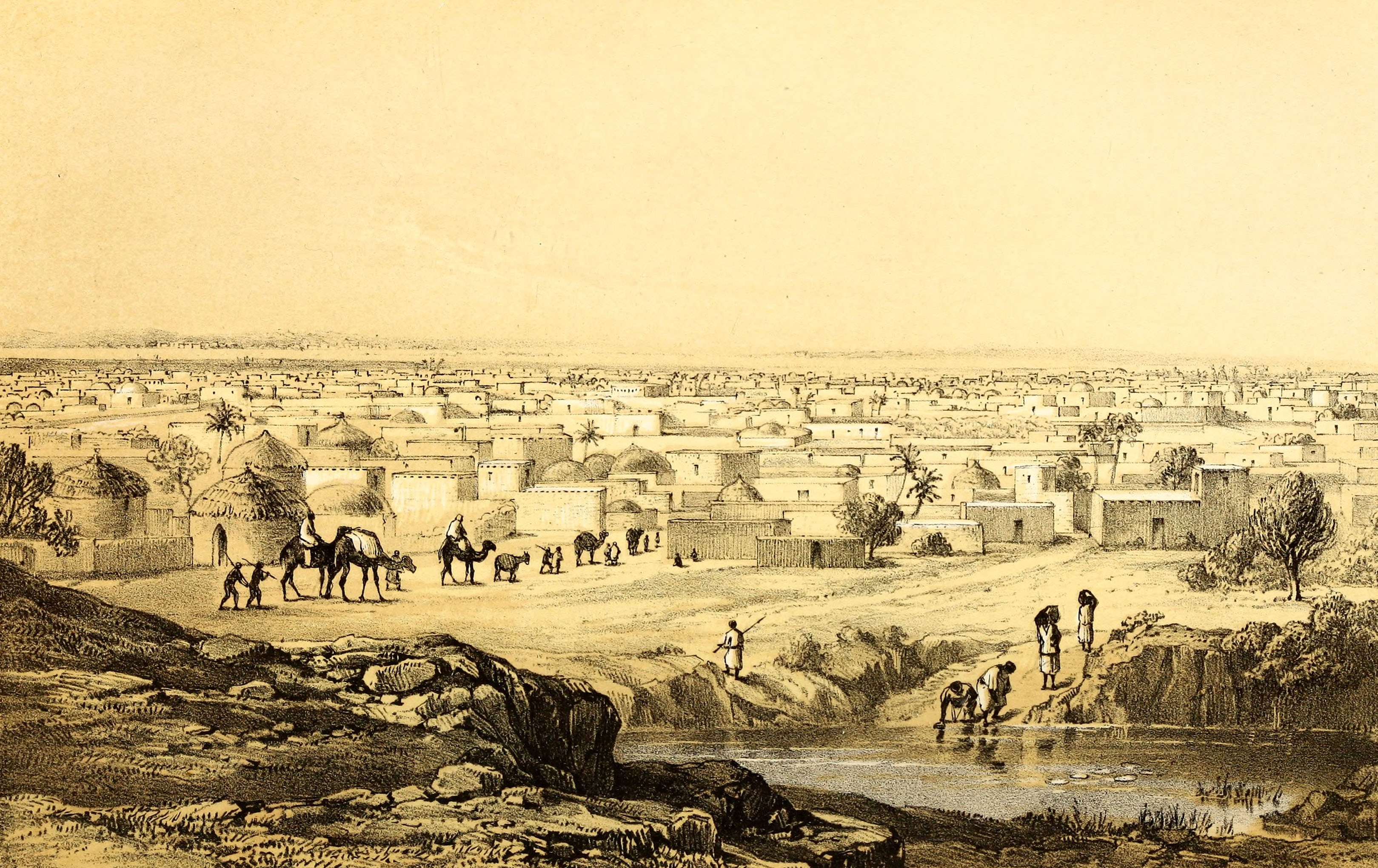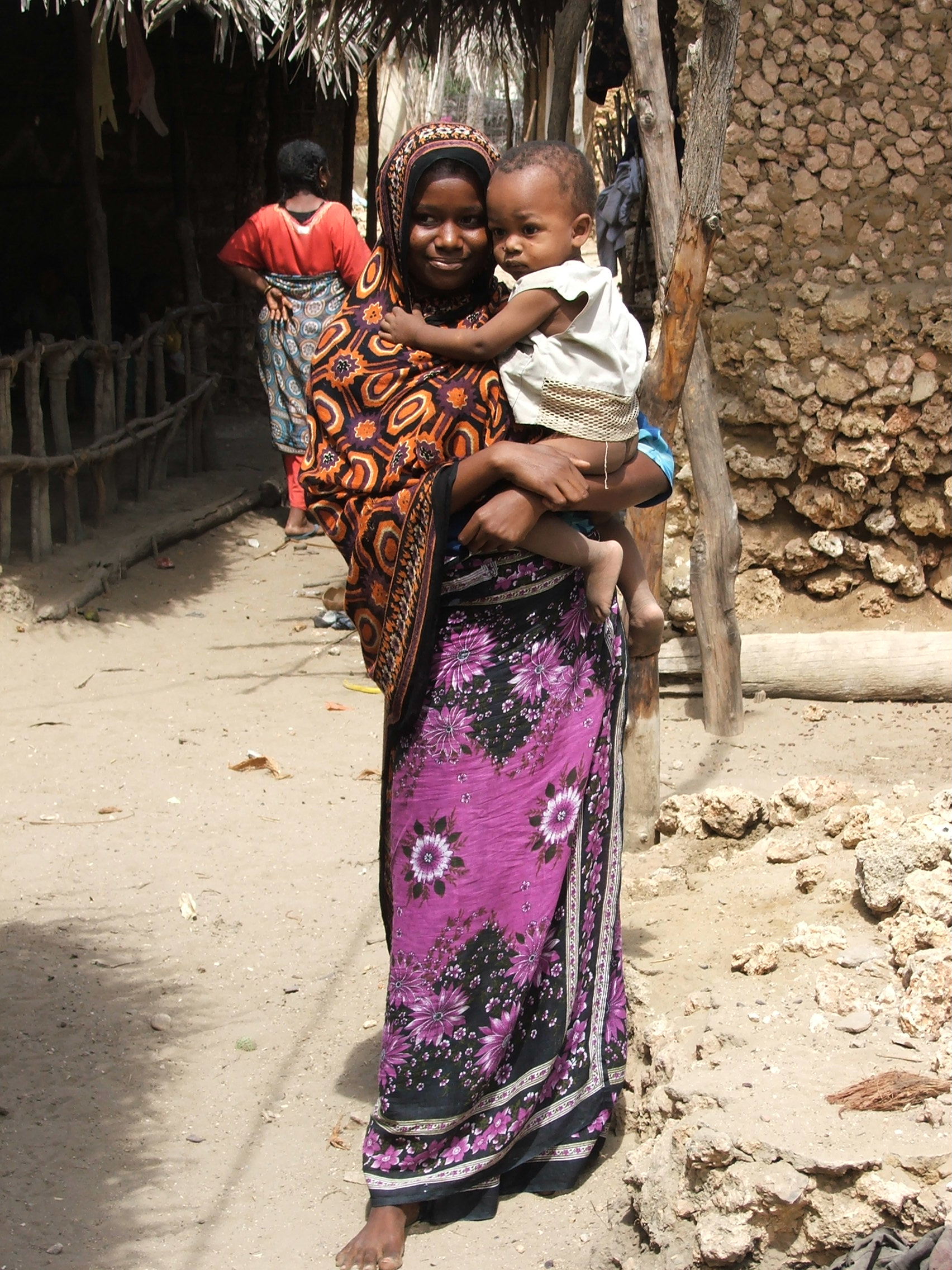|
Alasho
Alasho is an indigenous Hausa long turban, worn across the head and neck. It is near identical in length, colour and dimensions to that of the Tuareg tagelmust, but is wrapped differently to the Tuareg method, leaving the sides of the head and some of the lower neck free. A similar style turban is worn by Songhai men, known as 'fatalaa' in Zarma. Tal Tamari (1998), Les castes de l'Afrique occidentale: Artisans et musiciens endogames, Nanterre: Société d’ethnologie, Once common throughout Hausa society as common male clothing, today it only survives when used for important occasions or ceremonies, rite of passage rituals to the adult age, marriage or in the inauguration of a social leader. The Alasho veil has traditionally been manufactured in Kano, and was sold to Tuareg and Songhay clients and traders. See also *Litham Litham ( ar, لِثَام, lithām , sometimes pronounced lifam) is a mouth-veil which the Tuareg and other North African nomads, particularly men, have ... [...More Info...] [...Related Items...] OR: [Wikipedia] [Google] [Baidu] |
Hausa People
The Hausa (Endonym, autonyms for singular: Bahaushe (male, m), Bahaushiya (female, f); plural: Hausawa and general: Hausa; exonyms: Ausa; Ajami script, Ajami: ) are the largest native ethnic group in Africa. They speak the Hausa language, which is the second most spoken language after Arabic in the Afro-Asiatic language family. The Hausa are a diverse but culturally homogeneous people based primarily in the Sahelian and the sparse savanna areas of southern Niger and northern Nigeria respectively, numbering around 83 million people with significant indigenized populations in Benin, Cameroon, Ivory Coast, Chad, Sudan, Central African Republic, Republic of the Congo, Togo, Ghana, Eritrea, Equatorial Guinea, Gabon, Senegal and the Gambia. Predominantly Hausa-speaking communities are scattered throughout West Africa and on the traditional Hajj route north and east traversing the Sahara, with an especially large population in and around the town of Agadez. Other Hausa have also moved t ... [...More Info...] [...Related Items...] OR: [Wikipedia] [Google] [Baidu] |
Tagelmust
Litham ( ar, لِثَام, lithām , sometimes pronounced lifam) is a mouth-veil which the Tuareg and other North African nomads, particularly men, have traditionally used to cover the lower part of their face. Role and significance The litham has served as protection from the dust and extremes of temperature characterizing the desert environment. In cases of blood feuds, it also served as protection against violence by making the wearer difficult to recognize. Wearing of the litham is not viewed as a religious requirement, although it was apparently believed to provide magical protection against evil forces. History and practice Ancient African rock engravings depicting human faces with eyes but no mouth or nose suggest that the origins of litham are not only pre-Islamic but even pre-historic. The litham was commonly worn among the Berber Sanhaja tribes in north-west Africa. Its use by the Almoravids, who originated from a Sanhaja clan, gave it a political significance d ... [...More Info...] [...Related Items...] OR: [Wikipedia] [Google] [Baidu] |
Litham
Litham ( ar, لِثَام, lithām , sometimes pronounced lifam) is a mouth-veil which the Tuareg and other North African nomads, particularly men, have traditionally used to cover the lower part of their face. Role and significance The litham has served as protection from the dust and extremes of temperature characterizing the desert environment. In cases of blood feuds, it also served as protection against violence by making the wearer difficult to recognize. Wearing of the litham is not viewed as a religious requirement, although it was apparently believed to provide magical protection against evil forces. History and practice Ancient African rock engravings depicting human faces with eyes but no mouth or nose suggest that the origins of litham are not only pre-Islamic but even pre-historic. The litham was commonly worn among the Berber Sanhaja tribes in north-west Africa. Its use by the Almoravids, who originated from a Sanhaja clan, gave it a political significance du ... [...More Info...] [...Related Items...] OR: [Wikipedia] [Google] [Baidu] |
Pandama
The pandama ( myz, ࡐࡀࡍࡃࡀࡌࡀ) is a mouth-veil worn by Mandaean men during baptismal ceremonial rituals. It is the lower end of a cloth wrapped around the mouth and lower face to protect from water during immersion. The upper end of the cloth is used as a turban (''burzinqa''). In the ''Qolasta'' Several prayers in the ''Qolasta'' are recited when putting on and loosening the pandama, including prayers 7 and 55. See also * Mandaean priest#Clothing * Litham, a similar veil covering the lower face worn by Tuareg men * Alasho Alasho is an indigenous Hausa long turban, worn across the head and neck. It is near identical in length, colour and dimensions to that of the Tuareg tagelmust, but is wrapped differently to the Tuareg method, leaving the sides of the head and some ..., a similar turban veil worn by Hausa men References Veils Religious headgear Shawls and wraps Scarves Mandaean clothing {{Mandaeism-stub ... [...More Info...] [...Related Items...] OR: [Wikipedia] [Google] [Baidu] |
Hausa From Yola-1902
Hausa may refer to: * Hausa people, an ethnic group of West Africa * Hausa language, spoken in West Africa * Hausa Kingdoms, a historical collection of Hausa city-states * Hausa (horse) or Dongola horse, an African breed of riding horse See also * * Hausa music, the music of the Hausa people * Kannywood or Hausa movies, the Hausa-language film industry of Northern Nigeria * Xhosa (other) Xhosa may refer to: * Xhosa people, a nation, and ethnic group, who live in south-central and southeasterly region of South Africa * Xhosa language, one of the 11 official languages of South Africa, principally spoken by the Xhosa people See als ... {{disambiguation Language and nationality disambiguation pages ... [...More Info...] [...Related Items...] OR: [Wikipedia] [Google] [Baidu] |
Turban
A turban (from Persian دولبند, ''dulband''; via Middle French ''turbant'') is a type of headwear based on cloth winding. Featuring many variations, it is worn as customary headwear by people of various cultures. Communities with prominent turban-wearing traditions can be found in the Indian subcontinent, Southeast Asia, the Arabian Peninsula, the Middle East, the Balkans, the Caucasus, Central Asia, North Africa, West Africa, East Africa, and amongst some Turkic peoples in Russia as well as Ashkenazi Jews. A keski is a type of turban, a long piece of cloth roughly half the length of a traditional "single turban", but not cut and sewn to make a double-width "Double Turban" (or Double Patti). Wearing turbans is common among Sikh men, and infrequently women. They are also worn by Hindu monks. The headgear also serves as a religious observance, including among Shia Muslims, who regard turban-wearing as ''Sunnah mu’akkadah'' (confirmed tradition). The turban is also the t ... [...More Info...] [...Related Items...] OR: [Wikipedia] [Google] [Baidu] |
Tuareg
The Tuareg people (; also spelled Twareg or Touareg; endonym: ''Imuhaɣ/Imušaɣ/Imašeɣăn/Imajeɣăn'') are a large Berber ethnic group that principally inhabit the Sahara in a vast area stretching from far southwestern Libya to southern Algeria, Niger, Mali, and Burkina Faso. Traditionally nomadic pastoralists, small groups of Tuareg are also found in northern Nigeria. The Tuareg speak languages of the same name (also known as ''Tamasheq''), which belong to the Berber branch of the Afroasiatic family. The Tuaregs have been called the "blue people" for the indigo dye coloured clothes they traditionally wear and which stains their skin. They are a semi-nomadic people who practice Islam, and are descended from the indigenous Berber communities of Northern Africa, which have been described as a mosaic of local Northern African ( Taforalt), Middle Eastern, European ( Early European Farmers), and Sub-Saharan African-related ancestries, prior to the Arab expansion. Tuareg peo ... [...More Info...] [...Related Items...] OR: [Wikipedia] [Google] [Baidu] |
Songhai People
The Songhai people (also Ayneha, Songhay or Sonrai)'' are an ethnolinguistic group in West Africa who speak the various Songhai languages. Their history and ''lingua franca'' is linked to the Songhai Empire which dominated the western Sahel in the 15th and 16th century. Predominantly a Muslim community, the Songhai are found primarily throughout Niger and Mali in the Sahel and Sahara. The name Songhai was historically neither an ethnic nor linguistic designation, but a name for the ruling caste of the Songhai Empire which are the Songhai proper of ''sunni'' and ''Askya'' dynasty found predominantly in present-day Niger. These people call themselves ''Ayneha''. Although some Speakers in Mali have also adopted the name ''Songhay'' as an ethnic designation, other Songhay-speaking groups identify themselves by other ethnic terms such as Zarma (or Djerma, the largest subgroup) or Isawaghen. The dialect of Koyraboro Senni spoken in Gao is unintelligible to speakers of the Zarma ... [...More Info...] [...Related Items...] OR: [Wikipedia] [Google] [Baidu] |
Zarma Language
Zarma (also spelled Djerma, Jerma, Dyabarma, Dyarma, Dyerma, Adzerma, Zabarma, Zarbarma, Zarmaci or Zerma) is one of the Songhay languages. It is the leading indigenous language of the southwestern lobe of the West African nation of Niger, where the Niger River flows and the capital city, Niamey, is located. Zarma is the second-most common language in the country, after Hausa, which is spoken in south-central Niger. With over 2 million speakers, Zarma is easily the most widely spoken Songhay language. In earlier decades, Zarma was rendered ''Djerma'', using French orthography, but it is usually now 'Zarma', the form that the Zarma people use in their language. Geographic distribution The majority of people who speak Zarma live in Southwestern Niger. It is also spoken in other parts of Niger and in neighbouring countries. Cities where Zarma is spoken include Tillaberi, Dosso, Niamey, Tahoua and Agadez. In Nigeria, where the Zarma people are usually referred to as Zabarma o ... [...More Info...] [...Related Items...] OR: [Wikipedia] [Google] [Baidu] |
Kano (city)
Kano ( Ajami: كانو) is a city in northern Nigeria and the capital of Kano State. It is the second largest city in Nigeria after Lagos, with over four million citizens living within ; located in the Savanna, south of the Sahel, Kano is a major route of the trans-Saharan trade. The city has been a trade and human settlement for millennia. It is the traditional state of the Dabo dynasty who since the 19th century have ruled as emirs over the city-state. Kano Emirate Council is the current traditional institution inside the city boundaries of Kano, and under the authority of the Government of Kano State. The city is one of the medieval Hausa seven kingdoms and the principal inhabitants of the city are the Hausa people. Centuries before British colonization, Kano was strongly cosmopolitan with settled populations of Arab, Berber, Tuareg, Kanuri and Fula and remains so with the Hausa language spoken as a lingua-franca by over 70 million speakers in the region. Islam arriv ... [...More Info...] [...Related Items...] OR: [Wikipedia] [Google] [Baidu] |
African Clothing
African clothing is the traditional clothing worn by the peoples of Africa. African clothing and fashion is a diverse topic that is able to provide a look into different African cultures. Clothing varies from brightly colored textiles, to abstractly embroidered robes, to colorful beaded bracelets and necklaces. Since Africa is such a large and diverse continent, traditional clothing differs throughout each country. For example, many countries in West Africa have a "distinct regional dress styles that are the products of long-standing textile crafts in weaving, dyeing, and printing", but these traditions are still able to coexist with western styles. A large contrast in African fashion is between rural and urban societies. Urban societies typically are exposed more to trade and the changing world, while it takes more time for new western trends to get to rural areas. By region In Northeastern Africa, particularly in Egypt, styles of traditional women's clothing have been influ ... [...More Info...] [...Related Items...] OR: [Wikipedia] [Google] [Baidu] |
Turbans
A turban (from Persian دولبند, ''dulband''; via Middle French ''turbant'') is a type of headwear based on cloth winding. Featuring many variations, it is worn as customary headwear by people of various cultures. Communities with prominent turban-wearing traditions can be found in the Indian subcontinent, Southeast Asia, the Arabian Peninsula, the Middle East, the Balkans, the Caucasus, Central Asia, North Africa, West Africa, East Africa, and amongst some Turkic peoples in Russia as well as Ashkenazi Jews. A keski is a type of turban, a long piece of cloth roughly half the length of a traditional "single turban", but not cut and sewn to make a double-width "Double Turban" (or Double Patti). Wearing turbans is common among Sikh men, and infrequently women. They are also worn by Hindu monks. The headgear also serves as a religious observance, including among Shia Muslims, who regard turban-wearing as ''Sunnah mu’akkadah'' (confirmed tradition). The turban is also the t ... [...More Info...] [...Related Items...] OR: [Wikipedia] [Google] [Baidu] |








